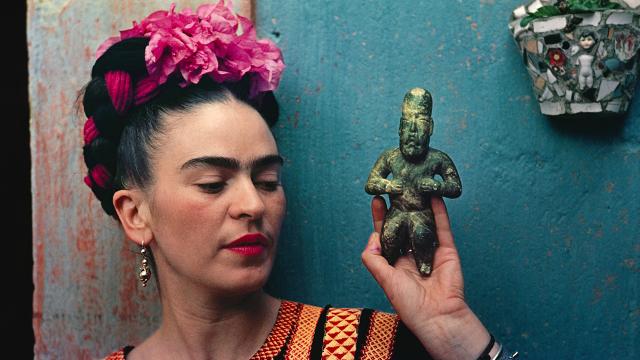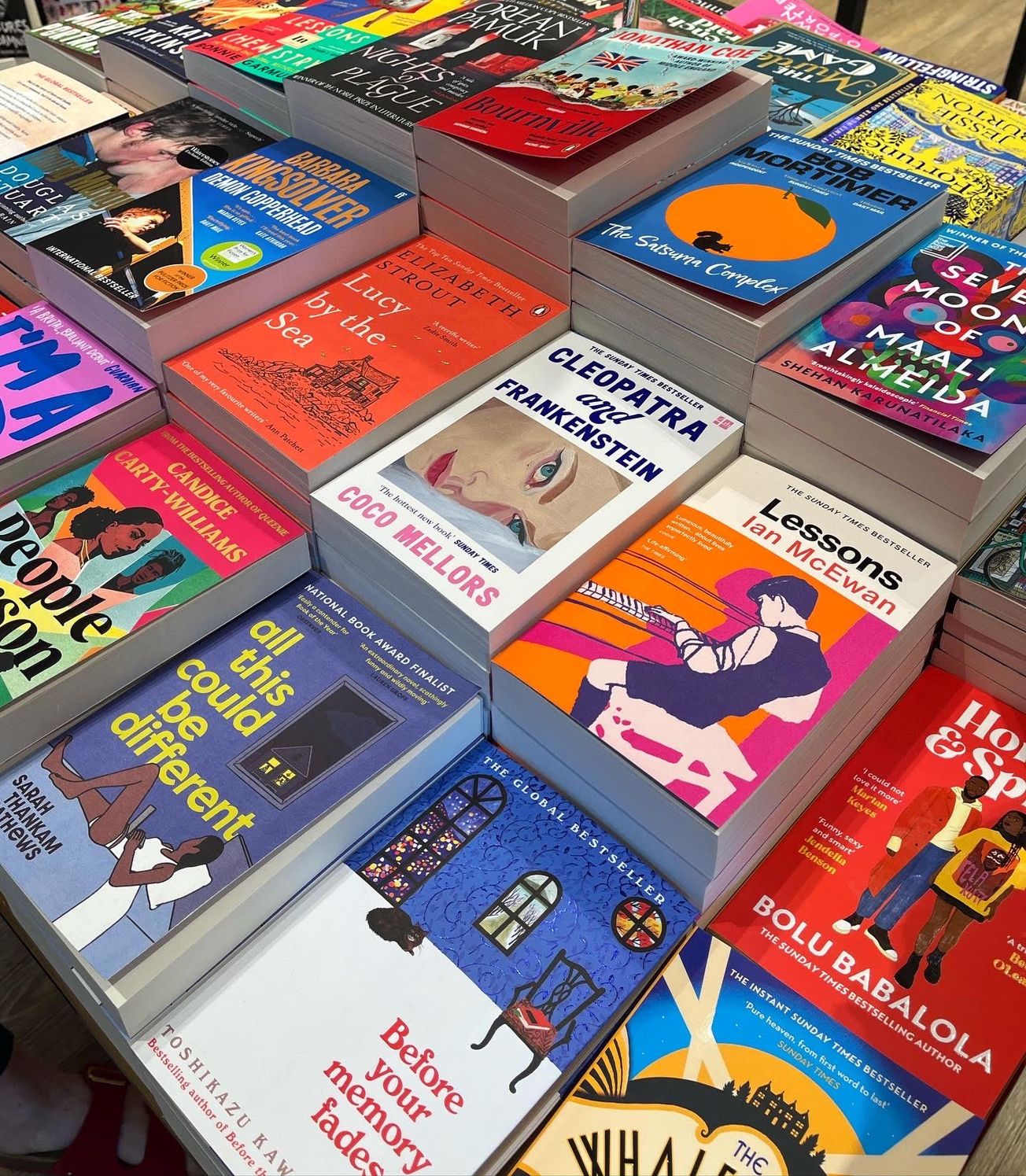Deputy Style Editor Jemima Carr-Jones discusses the legacy of Frida Kahlo as a response to her new V&A exhibition
July 13th 1954, Frida Kahlo left this world, writing in her diary: "I hope the exit is joyful - and I hope never to return - Frida". Following her death, her belongings, clothing and accessories were all stored in the bathroom of her iconic blue house and locked away for fifty years. With the 'Frida Kahlo: Making Her Self Up' V&A exhibition presenting an array of items from this secreted collection only recently brought to light, it seems now, more than ever, apt to discuss how Frida Kahlo moulded her sense of fashion and style to curate her individual and renowned form of self-expression.
A woman born on the cusp of the Mexican Revolution, her identity is inextricable to this momentous event. This was apparently something Kahlo herself had the foresight to recognise, insisting her birth year to be 1910 rather than 1907, actively changing the date to mirror that of the revolution. 1920's Mexico City post-revolution was abundant with energy and vibrancy - it was a time and a place that was rife with inspiration for an aspiring artist. European and American department stores were sporadically popping up along Mexico's streets, bringing aspects of cultures from all over the world that had been previously untouchable. Increased ease of accessibility to different cultures and perspectives meant that the world began to open up; what might, before, have been unknown was now open to the masses. A product of the zeitgeist, Kahlo quickly became a part of a new generation of women who were newly able to express themselves sartorially and visually.
Fashion centered around youthful energy - women found they were gaining increased autonomy over their bodies and their image, there was a new-found freedom to experiment with makeup and clothes which allowed a form of self-expression that was previously condemned.
These were las Mujeres Modernas: the women of modern Mexico. For the first time, women could wear loose fitting clothing such as the shift dress and have cropped hair while remaining assured in their sexuality. Kahlo herself went as far as wearing conventionally male or androgynous clothing, on occaision relinquishing entirely fashion items traditionally female.

*Image: MOMA/ Moma.com
This is evidenced in a family photograph taken in 1924 and later in her Self-Portrait with Cropped Hair 1940. Kahlo's hair is cut in locks, strewn across the floor behind her; and she sits, oozing conviction in spite of her cropped hair. Mexican tradition meant long hair was associated with femininity and womanhood, and womanhood was traditionally synonymous with the bearing of children.
As Kahlo was infertile, her ostensible abandonment of these attributes corresponding to femininity is vital to our understanding of her as an individual. She admits that she knew her paintings to be ‘the most frank expression of myself’, and her frequent choice to depict herself in the traditional apparel of a man confirms that Kahlo understood the massive potential for true expression through choice of clothing.
Kahlo's infertility was caused by riding in a bus that collided violently with a trolley car, rendering her handicapped for most of her life being highly prone to physical weakness. Additionally, having suffered from Polio as a child she had one leg much longer than the other, her right leg amputated at a later date. Her status as an icon, amongst other things, is often associated with her choice to use fashion as a means of channelling her physical and emotional vulnerabilities into an expression of strength and power. Her fashion choices, therefore, became testimonies of her heritage, beauty and beliefs.
Her identity was communicated through art, both on canvas and her own body, two examples of this: her wearing customised prosthetic devices and also traditional Tehuana garments. The incorporation of Tehuana apparel, a municipality in the southeast of Mexico, was a statement. Reputed for being a matriarchal society, through donning the clothing of a society of empowered women, Kahlo implicitly advocates the resistance of patriarchal domination and pioneers female liberation. The pattern of the material consists often of cosmic symbols mixed with myths of creation, placing women at the centre of the fabric, as she is the creator of life.
Frida’s identity can be seen to be wrapped up in every facet of her being. The symbolic importance of her clothing demonstrated Kahlo's own views, it operated both on a personal and a public level, speaking for both Kahlo's own identity and how she felt about the wider world. Her clothing, however, was also hugely functional. The vast majority were made from cotton and silks, so as to be light enough for her body to carry and sustain. She also wore long skirts as she desired for her outfits to focus on her torso upwards, adorning herself with jewellery and magnificent floral headpieces so that the eye would not be drawn to her legs.
At a time where fashion is often inextricable from the political, Kahlo appeared to strike a balance between the personal and the political with brilliance. She is undoubtedly an emblem of fashion being intertwined with all aspects of life: her style choices allowed her to exude a sense of self, to publicise her opinions and to give her body the greatest sense of ease in a time of terrible pain. The V&A exhibition is an extensive insight into both the life, art and style of Frida Kahlo and, though an artist, it proposes an almost indisputable argument for Kahlo's heralding as a fashion icon way ahead of her time.
Featured Image: Nickolas Muray / Victoria and Albert Museum
'Have a style icon? We want to hear about it!'









